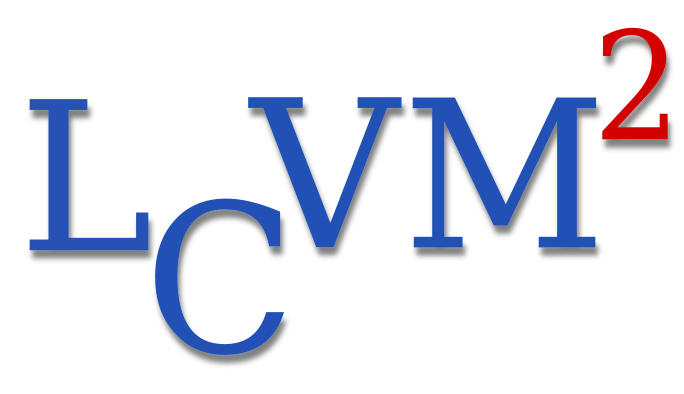Uniform inter variables in helicoidal DNA
This webpage serves as supplementary material for :- (♦) Padovano, F. "Sensitivity of cgDNA+min to computational parameters". Master semester project. EPFL, 2022.
The beamer slides of the final presentation are also provided here.
- Beaud, M. "Using cgDNA+ model to compute sequence-dependent shapes for DNA minicircles". Master thesis. EPFL, 2021.
- Manning, R. "Notes on cgDNAmin, Discrete-birod DNA Cyclization". unpublished. 2017.
- Patelli, A. S. "A sequence-dependent coarse-grain model of B-DNA with explicit description of bases and phosphate groups parametrised from large scale Molecular Dynamics simulations". PhD thesis. EPFL, 2019.
- Glowacki, J. "Computation and Visualization in Multiscale Modelling of DNA Mechanics". PhD thesis. EPFL, 2016.
The main goal of this second part of the study is to generate an initial guess for covalently closed (both back bones closed) minicircles configurations for a given sequence of n base pairs and a range of integer linking numbers m (≈ n/10.5). In order to achieve it we divide the study in two steps:
- generate special helicoidal configuration that have specific integer link number m;
- deform the helicoidal equilibrium into a twisted circle.
| - Kahn & Crothers: | Crothers, D. M. et al. “DNA bending, flexibility, and helical repeat by cyclization kinetics”. In: Methods in Enzymology 212 (1992), pp. 3–29. |
| - Pyne et al. 251 bp: | Pyne et al. "Base-pair resolution analysis of the effect of supercoiling on DNA flexibility and major groove recognition by triplex-forming oligonucleotides". In: Nature communications 12.1 (2021), pp. 1053–1053. |
| - Pyne et al. 339 bp, | |
| - Widom 601: | Coultier, T. and Widom, J. "Spontaneous Sharp Bending of Double-Stranded DNA". In: Molecular cell 14.3 (2004), pp. 255-362. |
The full sequences and all results can be found through the links on the left.
The MATLAB scripts can be found on the separate sub-page.

